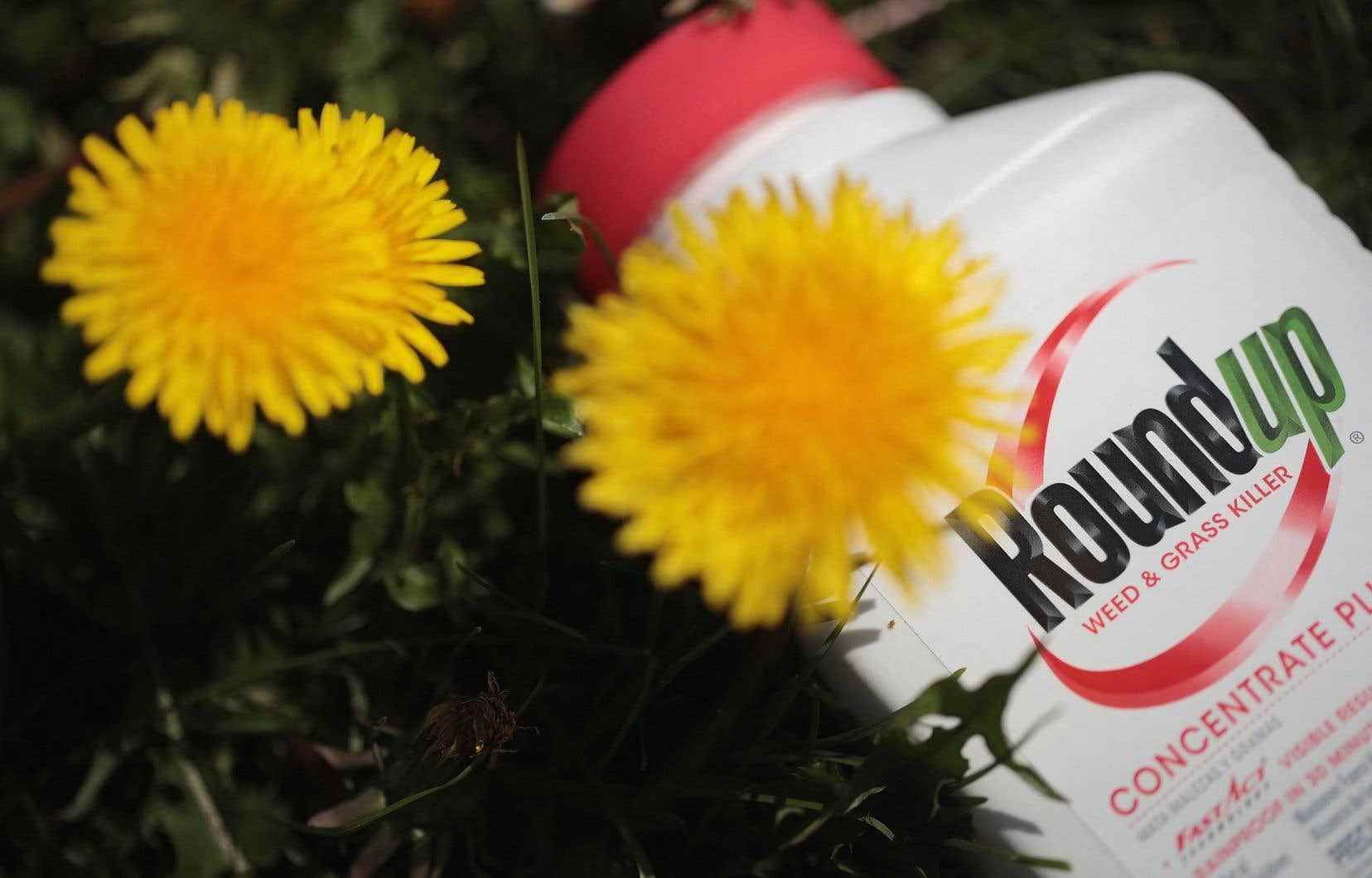Urban gardeners will have to find other solutions to their weed and insect problems, but can always rely on glyphosate. A draft regulation just published by Quebec triples the number of pesticides banned in urban areas, but does not include this best-selling herbicide in the province and in the world.
Often known under Monsanto’s Roundup brand, this herbicide has indeed been controversial for many years.
The number of prohibited substances would thus increase from 22 to more than sixty. The amendments aim to “tighten the use of pesticides in urban areas”, writes the Minister of the Environment Benoît Charrette in this draft regulation published in the Official Gazette last week. The targeted uses are the application on lawns, on “inert materials” such as stone entrances for example or on ornamental plants.
However, glyphosate is not part of this list, which had not been updated since 2003. An “omission” that does not pass among environmentalists. “We want to give the government a nice pat on the back, but we should ask them instead how they could have forgotten glyphosate in the list? says Laure Mabileau, head of communications for the organization Vigilance OGM.
Now subject to comments until early April, the draft regulation was eagerly awaited, since the Ministry of the Environment had set this objective since 2015. About 150 municipalities in Quebec already regulate the use of pesticides on their territory. The regulatory framework varies, but Montreal, Granby and Laval have included glyphosate in the list of prohibited substances in their territory.
“The absence of glyphosate [dans la liste de Québec], it’s really the elephant in the room,” laments Ms. Mabileau. This pesticide has become “the symbol of our dependence on pesticides”, states its organization Vigilance OGM, which leads the campaign “Sortir du glyphosate”.
“It is often an aesthetic use in the case of individuals. We remain very exposed to these pesticides because there is a proximity to our living environment, ”she explains.
Glyphosate remains the top-selling pesticide province-wide, accounting for 44% of all agricultural sales, according to the most recent data available.
Pesticide sales in urban areas represent 18% of all sales. The majority of buyers in town are individuals for their domestic use, indicates the 2020 Pesticide Sales Report.
“It’s a societal issue, not just a problem for farmers. Our dependence on pesticides is everyone who must solve the problem,” insists Ms. Mabileau.
An enduring controversy
A decision scheme put forward by the Ministry of the Environment seems to indicate that glyphosate could have been considered on the list.
Carcinogenicity is one of the criteria used to determine whether an active ingredient should be banned in urban areas, according to a document recently published by this ministry.
If the pesticide has a “high” or “extremely high” “chronic toxicity”, it should be banned. The “high” level of risk is defined in particular as a substance “possible carcinogen in humans” and “extremely high” as “probable carcinogen”.
This is the crux of the scientific and legal disputes over glyphosate.
It was designated in 2015 as a “probable carcinogen” by the International Agency for Research on Cancer (IARC), an agency of the World Health Organization (WHO).
Health Canada nevertheless decided in 2017 to maintain its approval until 2032, judging that it presented “probably no risk for human cancer”. This decision is justified by its assessment of “the real risk”, argues this body, taking into account the level of human exposure, a level which has not been taken into account by the IARC.
Several groups and researchers argue, however, that Health Canada relies primarily on studies provided by manufacturers to assess substances.
“The IARC relies on independent studies. It’s alarming to see this variation when it’s companies that provide the data,” says Laure Mabileau. She also notes that Health Canada evaluates the substances in isolation, and not “the entire commercial formula, including the adjuvants”.
Quebec has recognized Parkinson’s disease as an occupational disease that may be related to exposure to pesticides. Sick farmers here are campaigning for certain cancers to be recognized as well.
In 2021, The duty revealed that Health Canada also wanted to allow more residues of this pesticide on several foods, including legumes and nuts. The increase in maximum residue limits had then raised an outcry, especially since it was Bayer who had requested it.
This German company is now awash in glyphosate-related lawsuits in the United States and has set aside US$5.6 billion to cover potential future compensation. In Colombia, it is the government that is prosecuted for having fumigated civilian populations on the way while trying to eradicate coca fields.
Bayer also announced in 2021 that glyphosate will be replaced by “alternative active ingredients” starting this year in products available to residential customers in the United States to reduce the risk of future lawsuits.
